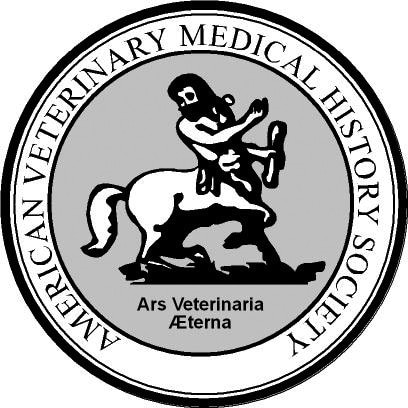One of the most challenging aspects I had in collections care when I first started was dealing with a firearms collection. I grew up around them, but always behind lock and key unless my dad had gone hunting and planned on teaching me how to clean them. Sure I knew there were a few kinds, never really giving it a second thought until my dad passed away and I inherited his and found there were quite a few different types among his collection. My first real museum job thrust me into almost 200 years worth of firearms history and now in my current position at a military college, I really have to know my stuff!
When I arrived at Norwich University, we knew what we had, but there’s always a better way to do it and a much more controlled way of recording the information. My work study and I started by doing a full inventory of every firearm in the collection. What we found, and what I had already anticipated, was that the firearm collection had some mis-identifications. That’s not to say they weren’t long-arms and pistols, they just didn’t fit nomenclature the way I knew they could.
There are three basic types of pistols, but 19 terms in Nomenclature 3.0. If you have a specialized collection, you probably already know what you have and can fit the term correctly. However if you’re working with a small collection and that’s not the main focus of your overall museum, it might be more challenging unless you personally work with firearms a lot. For this exercise, pretend your museum has only a few pistols and you’re overall scope of collections is something else entirely. You’d probably be dealing with these terms: ‘Pistol,’ ‘Pistol, Semi-Automatic,’ and ‘Revolver.’ The way to remember them here is this: If the weapon is black powder and fires a single projectile at a time, it’s a Pistol; If it takes a magazine and the donor doesn’t say otherwise, it’s likely a Semi-Automatic Pistol; If it has a cylinder that you load ammunition into, either black powder or bullets, it’s a Revolver. That’s wholly simplified and perhaps not the popular opinion of many firearm-focused museums, but when you’re not working with these on a daily basis, it’s an easy way to remember the differences.
Long-arms are a different story and involve a bit more in-depth understanding on our part of the evolution of firearms. Long-arms are primarily firearms that you have to nestle against your shoulder to fire them and there are many, many different kinds and nearly as many terms in Nomenclature 3.0. The basic identification is this: if you shine a light down a barrel and it doesn’t have spiral lining down it’s length it’s either a musket or a shotgun. Here’s where the evolution knowledge comes in handy. Early muskets have fairly thick barrels, round or octagonal and are fairly long in length. Shotguns, at least those that I’ve ever seen, have fairly thin barrels and are a little shorter. If you see the spiraling, it’s a rifle and for some museums, that’s good enough for naming, but the nomenclature can be very specific; it’s up to you and your institution to determine if a more specific name should be used. Machine and sub-machine guns are a little harder to identify unless you do it everyday and it may be necessary to bring in an expert for those. When you throw carbines, target rifles, gas guns, etc. into the mix, it does seem daunting, but reach out to another museum who might have a larger collection and ask them for advice. Firearms aren’t meant to be overly complicated and museums, collectors, gun shop owners are nearly always willing and able to help identify a puzzling piece.



